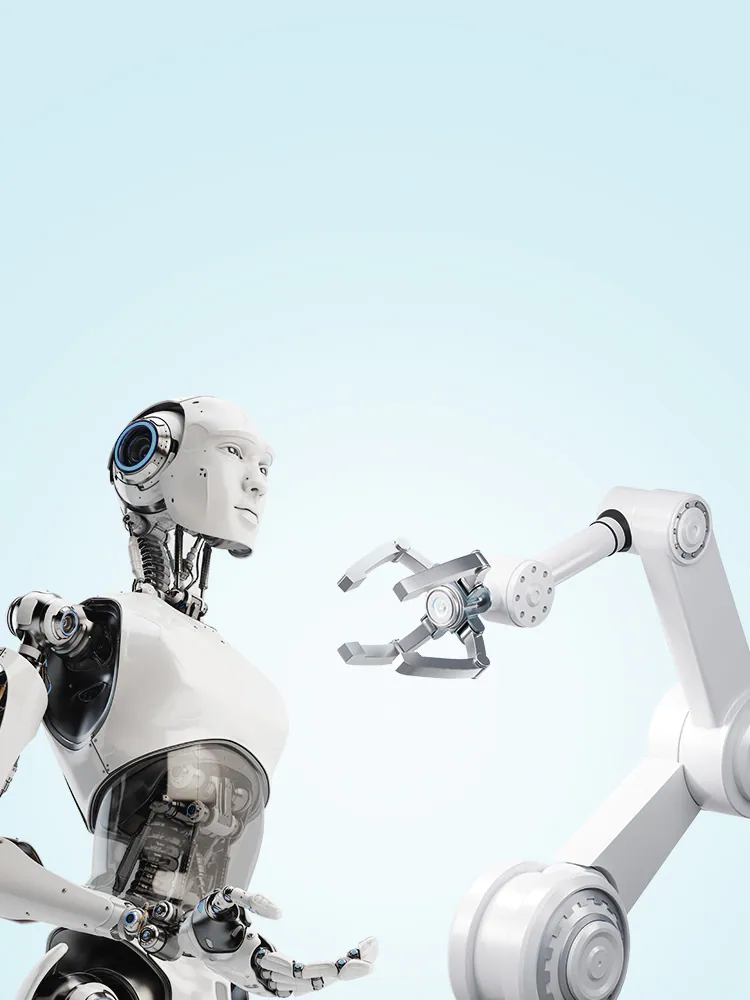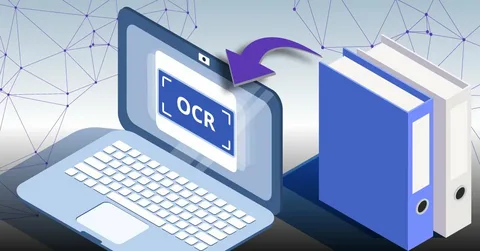Robotics is a fast-growing and exciting field, with robots being used in more and more industries to increase efficiency, accuracy, and safety. One of the most critical parts of robotics is robot arms, mechanical devices with many degrees of freedom capable of manipulating objects in complex ways. Technological advances have recently allowed robot arms to become increasingly powerful and versatile.
This article will explore some possible directions for the evolution of robotic arms in the coming years – from autonomous manipulation to emotion-sensing capabilities.
Autonomous manipulation
Autonomous manipulation is the ability of a robotic arm to perform complex, repetitive tasks without human involvement. It could include grasping objects from shelves and packing them into boxes for delivery, sorting parts on an assembly line, or even cleaning up hazardous materials precisely. This kind of automation allows robots to be used in areas where people may not be able to reach or environments that are too unsafe for humans, making it invaluable in many industries.
The current level of autonomous manipulation technology relies heavily on pre-programmed routines and lacks the flexibility required for more complex tasks. However, advances in artificial intelligence are allowing robots to become increasingly capable and independent; they can now learn from their environment and adapt their behavior accordingly.
Collision avoidance
Collision avoidance is one of the most challenging aspects of robot arm development. The ability of a robotic arm to detect when it will come into contact with an external object and adjust its trajectory accordingly is essential to avoid dangerous objects or people. It also allows the robot arm to work in dynamic environments where objects can move freely without fear of collisions occurring.
Currently, collision avoidance technologies rely on sensors such as cameras and lidar which are expensive and prone to malfunctioning; however, recent advances have made these technologies much cheaper and more reliable. Researchers are exploring ways to use machine learning algorithms to detect potential collisions in real time, allowing robots to move more quickly and efficiently.
Human-machine interaction
Robotic arms have traditionally been programmed using code and numerical commands; however, there is growing interest in developing robot arms that can interact with humans more naturally. It could include voice commands or gesture recognition, which allow a user to program a robotic arm without coding experience. This technology could allow users to control a robot arm directly by manipulating its joints like a human arm.
Human-machine interaction is still in its infancy, but progress is being made rapidly. For example, researchers are developing algorithms that allow robots to interpret subtle facial expressions and understand how humans feel or respond to specific actions. These technologies could allow robots to interact with people more naturally, improving efficiency and accuracy in many industries.
Adaptive gripping
Adaptive gripping is a technology that allows robot arms to adapt their grasp depending on the size and shape of an object. It requires powerful sensing capabilities which can quickly determine the best way to grip an object; this not only improves the accuracy and speed of manipulation tasks but also minimizes damage to objects.
Adaptive gripping is currently in its early stages of development; researchers are still trying to understand how robots can reliably determine the best way to grasp an object. However, recent advances have allowed robots to quickly identify objects and tweak their grip accordingly; this technology could be used for various tasks, such as picking up fragile items or manipulating objects with complex shapes. Adaptive gripping technology will become even more advanced and widely available, allowing robotic arms to tackle tasks more efficiently and accurately.
Force feedback
Force feedback is a sensing technology that allows robot arms to detect when they come into contact with an external object and adjust their forces accordingly. It can minimize damage to objects and allow robots to sense how much force needs to be applied for a task to be completed.
Force feedback is still an emerging technology; however, recent advances have allowed researchers to develop algorithms that allow robot arms to respond quickly and accurately when they come into contact with an external object. This technology could be used in various tasks, such as picking up fragile items or manipulating objects with complex shapes.




